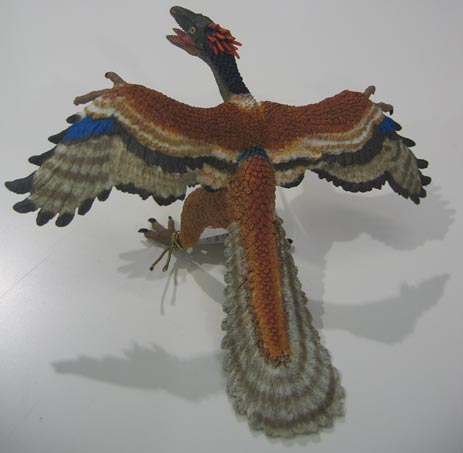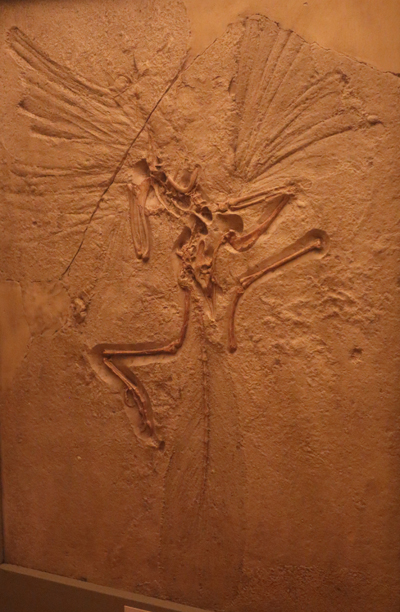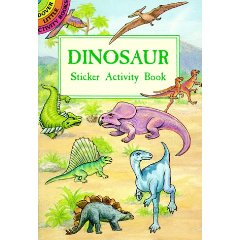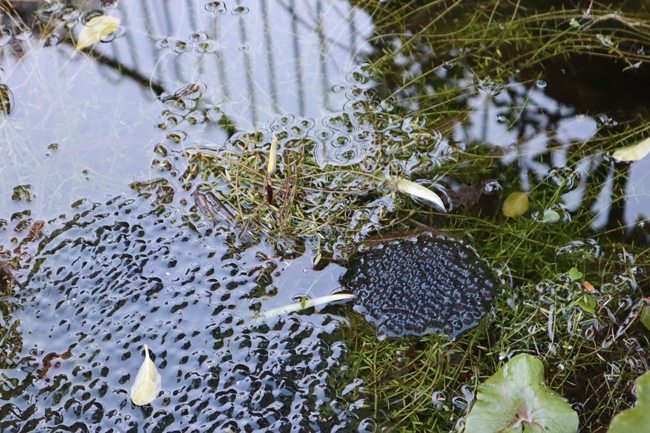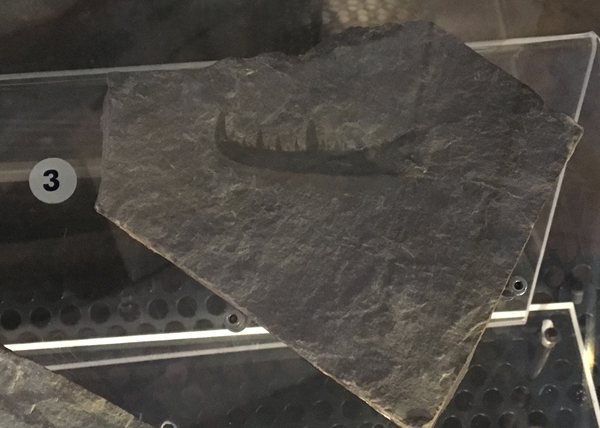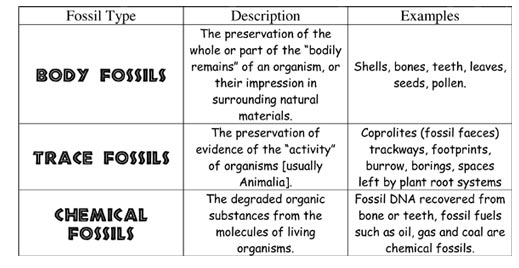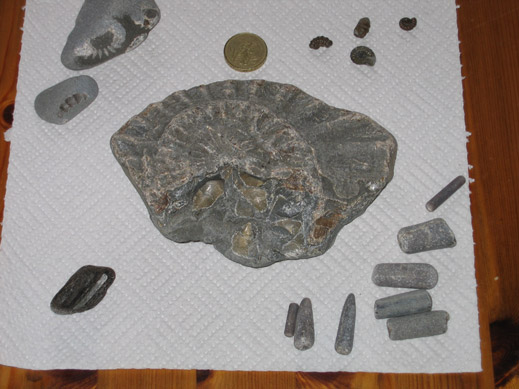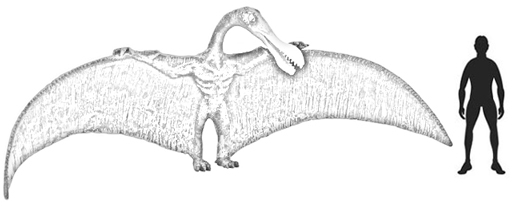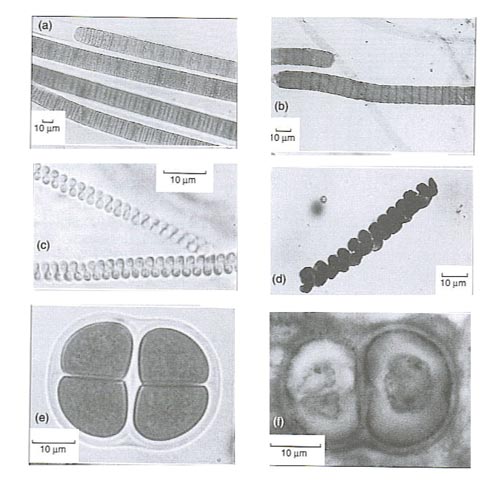New Archaeopteryx Study Reveals Chemical Link Between Dinosaurs and Birds
Archaeopteryx Reveals Chemical Link Between Dinosaurs and Birds
A team of Anglo/American researchers have published a new study on one of the most famous of all the creatures in the fossil record, Archaeopteryx. Thanks to the use of some very sophisticated technology; the team have revealed a chemical link between this primitive Jurassic bird and modern birds.
This crow-sized bird displays an unambiguous mix of characteristics from two linked groups of animals – Theropod dinosaurs and Aves (birds). The skeleton, beautifully preserved in a number of specimens from Solnhofen (Germany) shows many features of small, meat-eating, cursorial dinosaurs. Archaeopteryx had a three-fingered hand like that of a theropod dinosaur but a four-toed foot with the first toe potentially reversed to the other three to help it perch in trees like a bird. Earlier specimens of Archaeopteryx had been interpreted as having a perching adaptation, but the specimen used in the chemical analysis shows evidence of Archaeopteryx not having a reversed first toe. The jaws were lined with fine, needle-like teeth and Archaeopteryx had a long, bony reptilian tail. However, the most strikingly birdlike feature of Archaeopteryx is the feathers, exquisitely preserved in the fine-grained, lithographic limestone in a number of specimens.
A Model of the Jurassic Bird Archaeopteryx
Picture credit: Everything Dinosaur
The model in the photograph (above) is the Papo Archaeopteryx figure. To view the Papo model range: Papo Prehistoric Animals.
In the study, published in the scientific journal “The Proceedings of the National Academy of Sciences” new light is shed (literally one of the fossils was exposed to powerful X-rays), on the chemical relationship between dinosaurs and birds.
Extremely strong X-ray beams and other high tech equipment reveal that in the Archaeopteryx fossil studied, (The Thermopolis specimen, described in 2005 and on display at the Thermopolis museum in Wyoming, USA), chemical components of feathers, the residues of decayed organic materials remain in association with the fossilised bones. Such residues would not be apparent in a visual inspection and the traces of feathers would remain undetected in a conventional analysis.
The use of such powerful x-ray equipment and sophisticated technology is helping to provide palaeontologists with new data on long extinct creatures. The research, led by scientists at the University of Manchester and the U. S. Department of Energy’s SLAC National Accelerator Laboratory has led to the chemical mapping of the fossil and elements of the surrounding matrix. Using powerful computer programmes, the X-ray data and chemical analysis has helped the team map out the chemical signature of the Archaeopteryx specimen used in the study.
The feathers contain phosphorous (P) and sulphur (S), these same chemical elements are found in the feathers of Neornithes (modern birds). Trace amounts of copper (Cu) and zinc (Zn) were also found in the fossilised bones. Like birds today, Archaeopteryx may have required those elements to stay healthy.
Commenting on the research work, University of Manchester palaeontologist Phil Manning said:
“Archaeopteryx is to palaeontology what Tutankhamen is to the science of archaeology. It’s simply one of the icons of our field. You would think that after 150 years of study, we would know everything we need to know about this animal, but guess what – we were wrong.”
Lead author geochemist Roy Wogelius from The University of Manchester added:
“We talk about the physical link between birds and dinosaurs, and now we have found a chemical link between them. In the fields of palaeontology and geology, people have studied bones for decades. But this whole idea of the preservation of trace metals and the chemical remains of soft tissue is quite exciting.”
The researchers found significantly different concentrations of elements in the fossil than in the surrounding rock matrix, confirming that the chemicals are remnants of the animal and not minerals leached from the surrounding rock into the fossil.
A Cast of a Famous Archaeopteryx Fossil
Picture credit: Everything Dinosaur
SLAC physicist Uwe Bergmann, who led the X-ray scanning experiment, stated:
“People have never used a technique this sensitive on Archaeopteryx before. Because the SSRL beam is so bright, we were able to see the teeniest chemical traces that nobody thought were there.”
Sophisticated technology such as the synchrotron are becoming as important to palaeontologists as the trusty geological hammer. The use of such equipment is helping scientists to learn fresh insights and to gain new data about the organisms that make up our fossil record. It is not really surprising to see the same “chemical fingerprint” of feathers in a fossil of an ancient bird as you would expect to find in a modern bird. This X-ray scanning technique may have more significant implications when studying less well preserved theropod fossils. The lithographic limestones in which the feathers of Archaeopteryx are preserved have enabled exquisite details of the specimen to be studied. Other theropod fossils, perhaps those preserved in coarser grained sandstones may not show the presence of feathers. Under X-ray scanning, a different picture may emerge, the chemical fingerprint of feathers could be inferred from the analysis of elements within the fossil matrix. Scientists may be able to infer the existence of other feathered dinosaurs, even though no trace of the delicate feathers themselves have been preserved.


